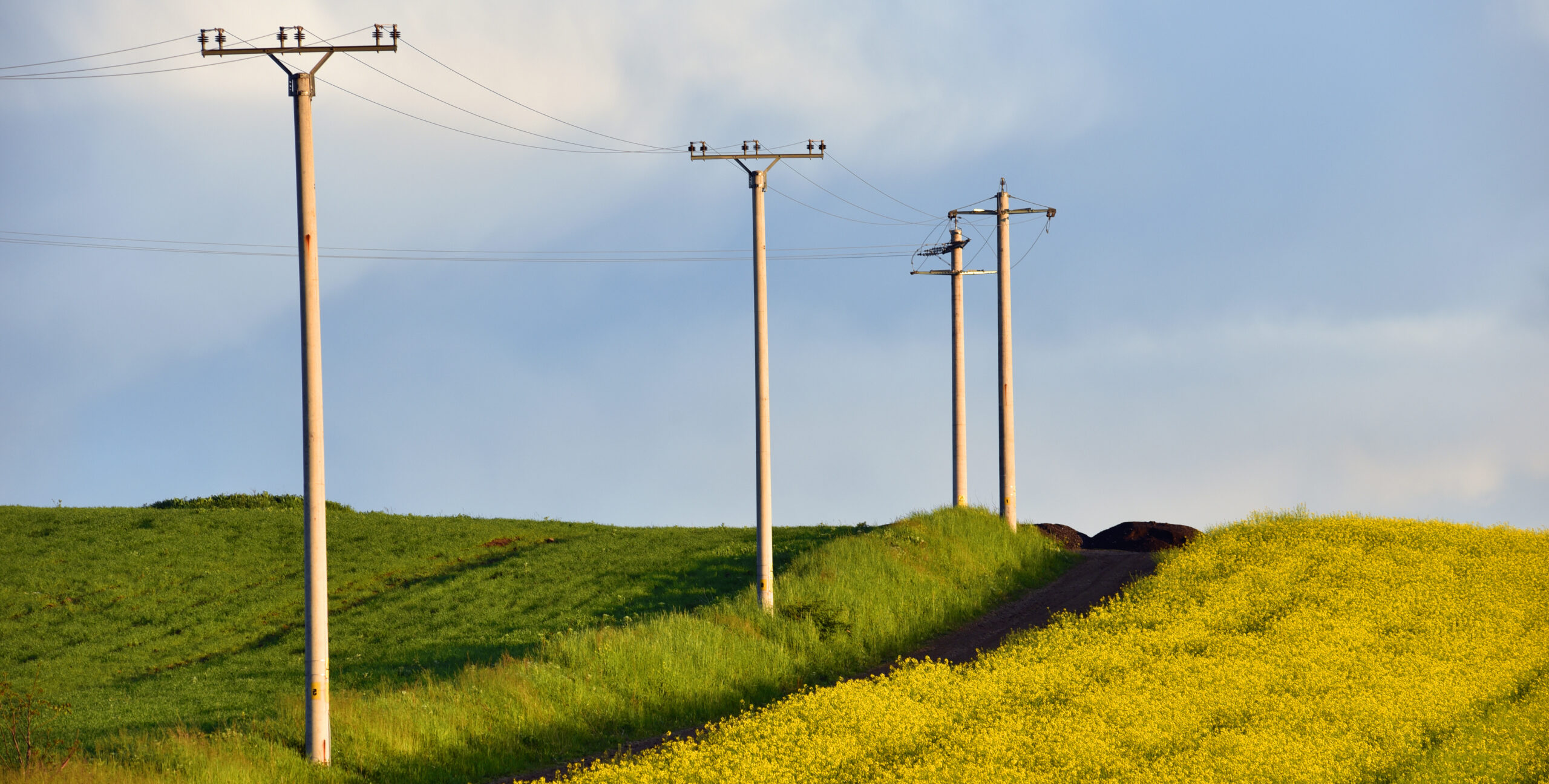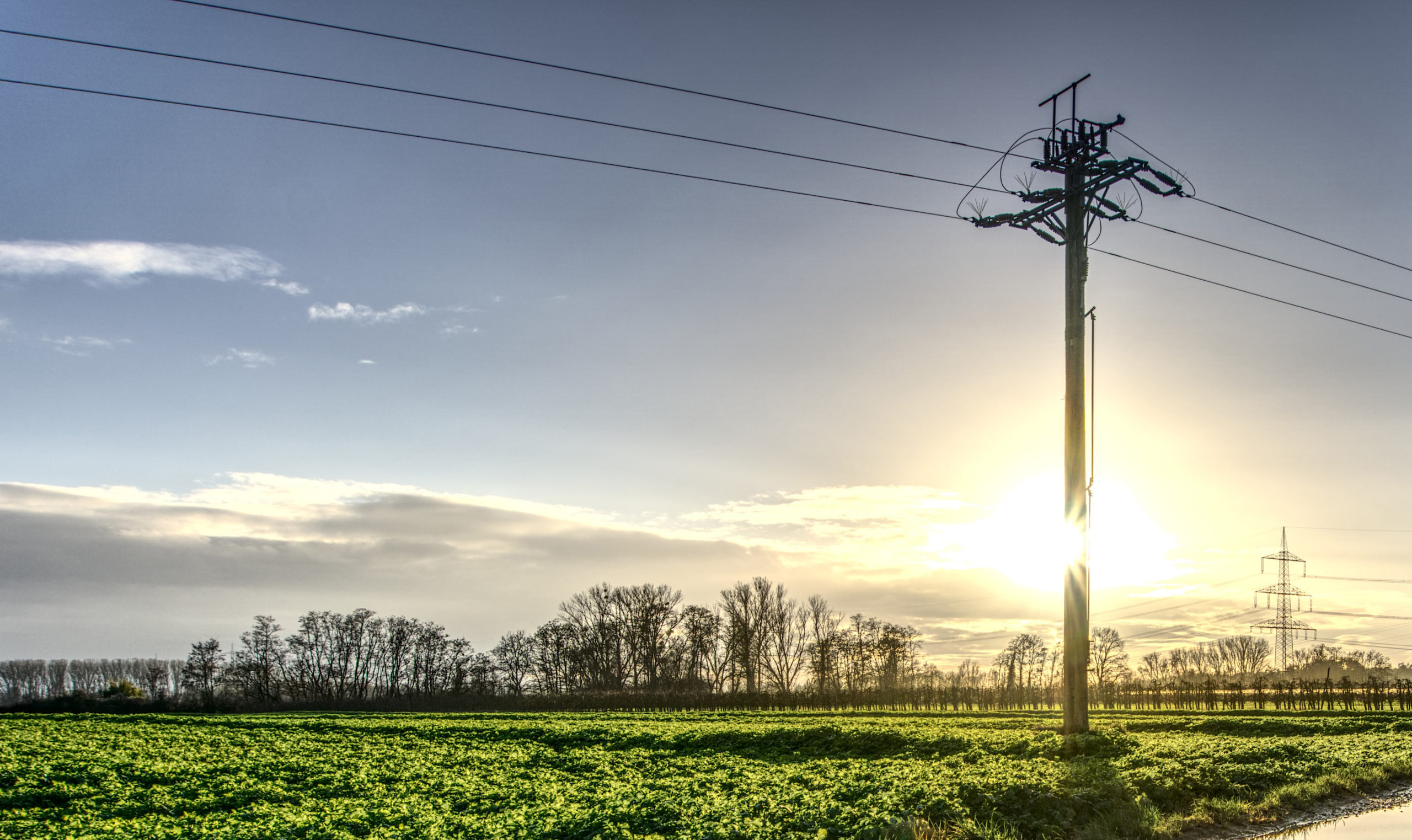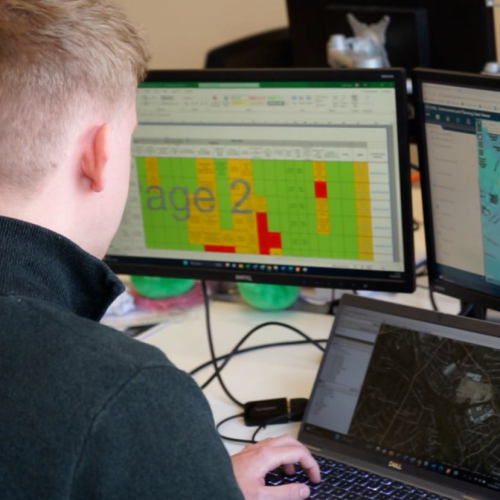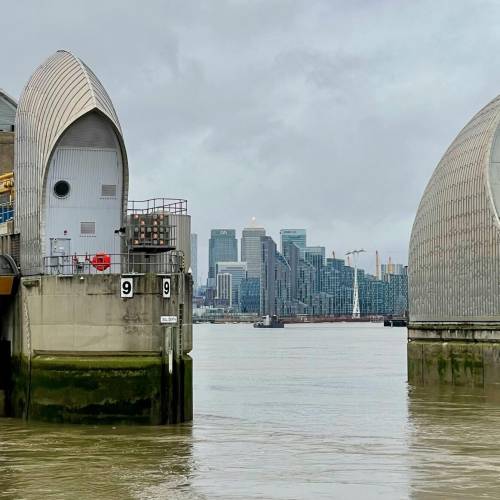The Necessary Wayleave (NW) application process and the prospect of an oral hearing is sometimes feared, but this is usually more to do with fear of the unknown.
Straightforward cases (especially the retention of existing equipment) are normally handled via the Written Representations procedure. More complex cases, and especially for new equipment, may necessitate an oral hearing to properly explore the issues and available solutions.
Our Approach
- A one team collaborative approach with the client and fellow experts all contributing to the evidence. So, assemble the team and get everyone on board. Depending on the complexity of the case contributors can include, an advocate, planning, environmental & engineering consultants, a surveyor or land rights specialist, and a network planner.
- If it’s a simple case, a single Statement of Evidence for all to contribute to can be a very efficient approach resulting in saving time and money, the Planning Inspector will also appreciate less reading.
- We use a comprehensive multi-point check list as part of our case research and due diligence to ensure all relevant areas are investigated.
- We provide a Case Summary for the team to use in preparation for and as an aide memoir at Oral Hearings.

The principal questions
In collating your evidence, you need to address the following questions:
- why it is necessary or expedient for the electric line to cross the particular land in question?
- what the effects are of the electric line on the use and enjoyment of the land in question?
Best practice
- Maintain coms with landowner and / or agent where possible to continue negotiations in the spirit of the legislation to find agreement between the parties and avoid the necessity for the full procedure. If you cannot then you can demonstrate that attempts have been made.
- Maintain detailed records of all interactions including a summary for ease of reference.
- Provide guidance to bring the team together in a collaborative way. We have provided case specific and general workshops to various clients to assist with this.
Other Considerations
- Whilst some NTR’s might be genuine e.g., development we find that many are served on grounds of aesthetics without considering Schedule 4 or the Guidance in relation to being able to demonstrate an impact on the use or enjoyment of the property.
- Some are served as leverage to obtain compensation without appreciating that neither Secretary of State (SOS) for BEIS or the Inspector appointed by SOS have the power to prescribe financial conditions in any necessary wayleave or tree lopping case heard or to resolve disputes on the level of compensation.
- If there is a current wayleave in place (which could be viewed as an implied wayleave by BEIS if payments are being cashed by the landowner) then a Notice to Terminate is also required. Again, something not always realised by landowners so always worth checking.

Top Tips
- Check for implied wayleaves.
- Make applications for NWs within 3 months of NTR being served.
- Design freeze pre-service of a wayleave under a 21-day notice.
- Don’t just serve a wayleave under notice or make an NW application without first explaining to the landowner/agent why these steps are being taken i.e., keep the door for negotiation of a reasonable and fair solution open.
- Don’t delay making an NW application (you still can, and should, work towards reaching an amicable agreement with the Grantor).
- Don’t forget to make a separate application for Tree felling or lopping of trees and shrubs at the same time!
Legislation
Schedule 4 of the Electricity Act 1989
Assets
Electricity lines and associated equipment (such as poles, pylons, stay wires and transformers) on, over or under private land
Applications
Protection of existing assets subject to Notices to Remove.
Rights to install new equipment.
Get in touch

Matthew Ducker MRICS FAAV
Director
Since joining Dalcour Maclaren in 2013, Matthew has advised and represented a range of clients throughout the UK in relation to NW applications in respect of electricity and gas assets.







